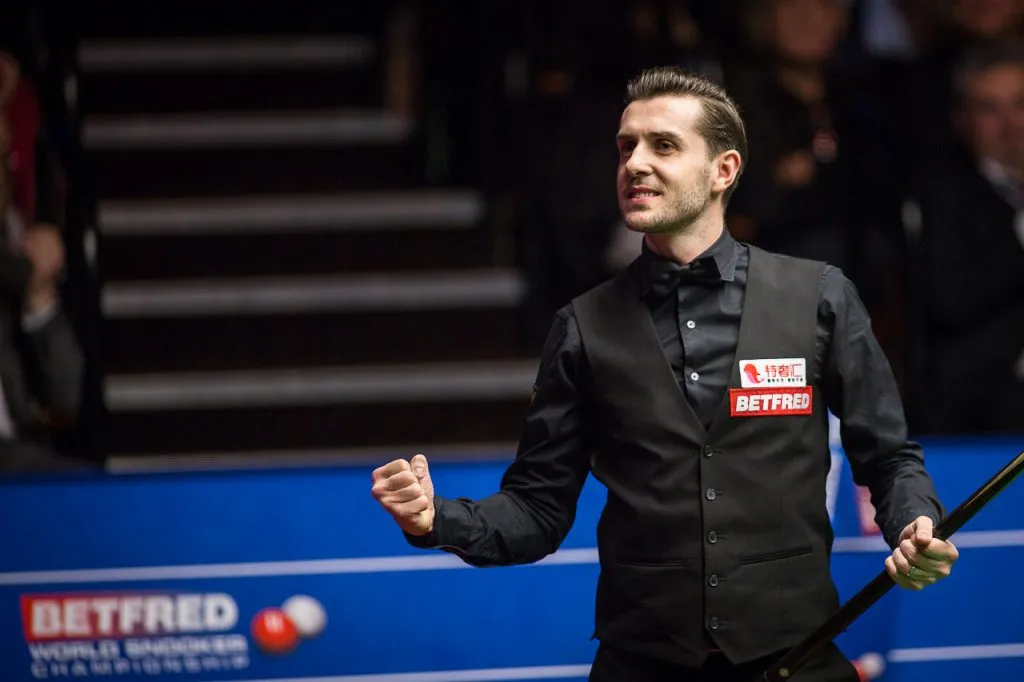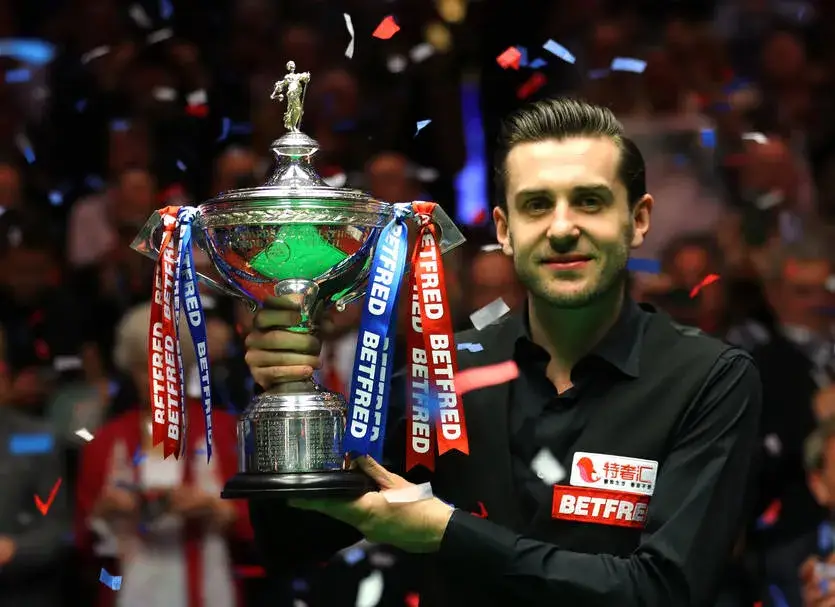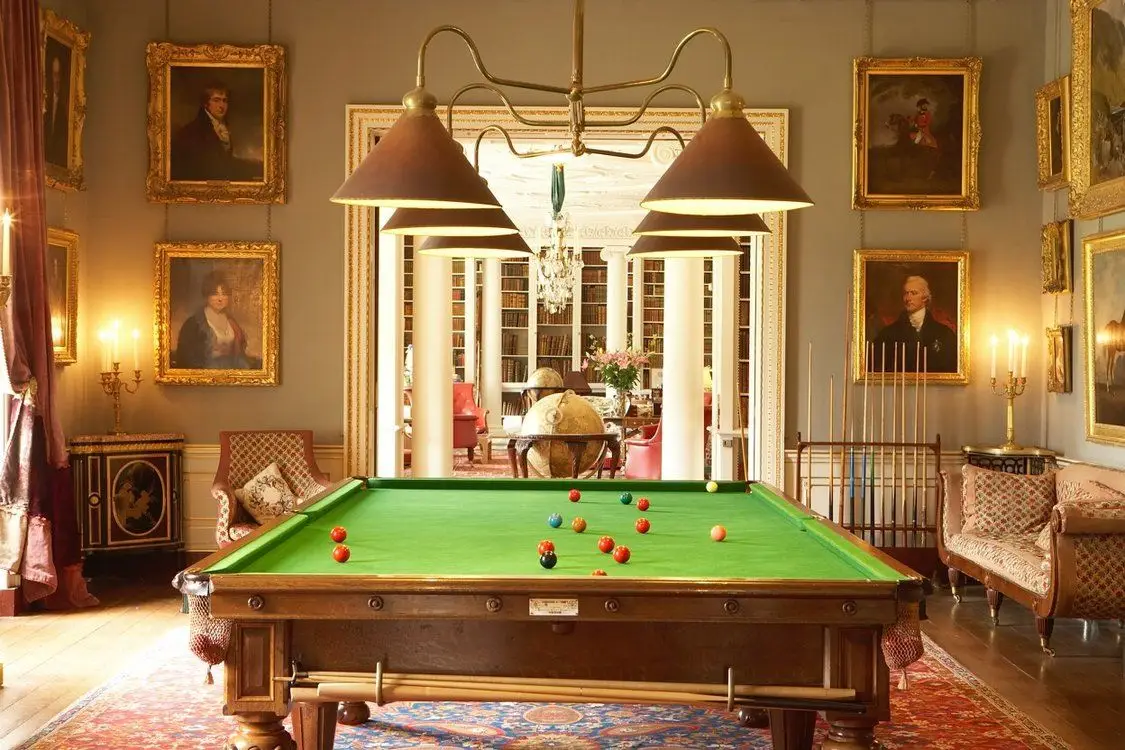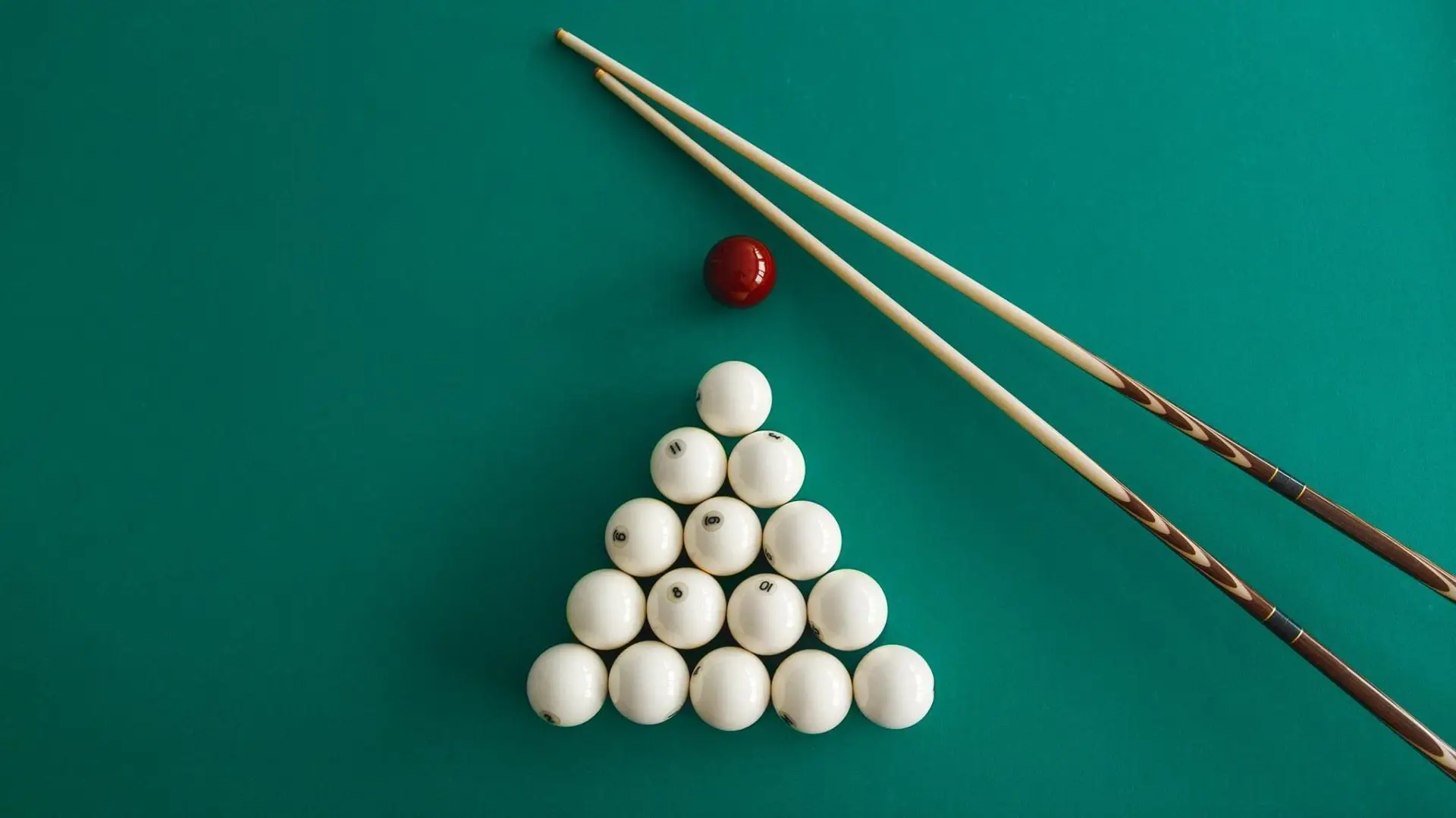The green has always been famous for its unpredictability, but one player could change the nature of the game. Mark Selby, known as the ‘Master of Defence’, turned tactics into an art form and proved that in snooker, strategy is more important than impulsiveness. His approach to every game has become a benchmark for professionals. One of the most decorated players of our time, he has shown that the ability to read the opponent and control the pace is the key to success.
Mark Selby – snooker champion in his career
Mark Selby’s debut in 1999 was the start of a long road to the top. Born in Leicester, he started his career early thanks to the support of his coaches and tireless work on his technique. His first major success was reaching the final of the Welsh Open in 2003, where he first established himself as a promising player.

In Leicester, famous for its sporting tradition, Mark honed his skills by studying his opponents’ every move. Training focused on building defence and analysing tactical scenarios. At the time, Selby was the first young player to take a strategic approach to his game, turning every match into a game of chess.
How Mark Selby became world champion: tactics in tournament snooker
The athlete’s road to four world titles in 2014, 2016, 2017 and 2021 showed how, with the right technique and the ability to adapt to circumstances, you can beat even the strongest opponent.
2014: first world title
In 2014, Mark Selby faced Ronnie O’Sullivan, one of the most aggressive and unpredictable players in snooker history, in the final. The 18-14 score reflected his excellent tactics to contain his opponent’s attacking style. Selby used a long series of defensive strokes to disrupt O’Sullivan’s rhythm. These moves forced his opponent into errors, which Selby took advantage of to build up his series.
2016: Perfection of strategy and confidence
The second snooker title of 2016 came thanks to Mark Selby’s victory over Dean Junhui. The 18-14 score once again confirmed that strategy is the most important weapon. In this match, Selby was effective in making breaks and long rallies to catch his opponent off guard.
Mark, for example, showed a different tactical approach in every game:
- Against fast players, he used long defensive series to reduce his attacking chances.
- Against slow and cautious players, he used surprise attacks to force a change in style of play.
2017 against John Higgins
The 2017 final against John Higgins was one of the most intense matches of Selby’s career. The start of the match showed a clear Higgins advantage, but Mark managed to turn the tide of the match. The 18-15 snooker score was not only the result of Mark Selby’s physical stamina, but also his excellent analysis.
The athlete skillfully read his opponent’s every move, anticipated his decisions and responded with the right defensive strokes. This match demonstrated a key element of Mark’s style: a combination of defensive manoeuvres and unexpected attacks.
2021: back at the top
After a series of relative failures in previous seasons, the 2021 champion returned to the top by beating Sean Murphy 18-15 in the final. This snooker match epitomised Mark Selby’s tactical maturity. The athlete used his signature techniques: a long series of defensive strokes, accurate strokes to balls in difficult positions and control of the pace of play.
Mark Selby’s snooker successes: Masters and UK Championship victories
 Winning the Masters in 2008 marked a new era in Mark Selby’s career. It was a tournament in which his tactics shone. In the snooker final against Stephen Lee, Selby built a game full of defensive decisions and precise attacking strokes. The 10-3 victory underlined that his style is not only about defending, but also about his ability to finish a series with spectacular strokes. This success reinforced his status as a tactical genius and player who can dominate major tournaments.
Winning the Masters in 2008 marked a new era in Mark Selby’s career. It was a tournament in which his tactics shone. In the snooker final against Stephen Lee, Selby built a game full of defensive decisions and precise attacking strokes. The 10-3 victory underlined that his style is not only about defending, but also about his ability to finish a series with spectacular strokes. This success reinforced his status as a tactical genius and player who can dominate major tournaments.
Another milestone in his career was winning the UK Championship title in 2012. This championship is considered one of the most prestigious after the World Cup, and Selby demonstrated his versatility brilliantly. He beat Shaun Murphy in the final and showed absolute tactical superiority. The victory gave Mark Selby the number one position in the rankings and confirmed his dominance in snooker.
Throughout his career, the player has set several records in these tournaments. His ability to hold his concentration during long matches is particularly remarkable. Sessions of more than six hours are part of his playing style.
The secret of Mark Selby’s success: what’s behind the victories?
The victories at the World Snooker Championships are the ultimate proof of Mark Selby’s unique tactics. Each of his four wins (2014, 2016, 2017, 2021) has been based on meticulous preparation and a deep understanding of his opponents’ game. In 2014, with an 18-14 victory over Ronnie O’Sullivan, he showed his ability not only to neutralise attacking players but also to use his style against them.
Selby started each match with a thorough analysis. He concentrated on a strategy to make as few mistakes as possible. Mark analysed not only his technique, but also the psychological state of his opponents, identifying their weaknesses and vulnerabilities. This approach gave him an edge in matches against the strongest players in the world. Methods:

- Hours of training: daily sessions of up to 8 hours in which difficult strokes and scenarios with different strategies were practised.
- Analysis of opponents: before each tournament, Selby made a detailed analysis of his opponents’ play, including their style and behaviour in stressful situations.
- Psychological resilience: working with coaches and psychologists helped him cope with pressure even in the most intense finals.
Conclusion
 Mark Selby’s snooker tactics have made his name synonymous with excellence. His approach has shown that intelligence and calculation are as important as technique. His style of play, based on patience, analysis and self-control, has become a model for future generations.
Mark Selby’s snooker tactics have made his name synonymous with excellence. His approach has shown that intelligence and calculation are as important as technique. His style of play, based on patience, analysis and self-control, has become a model for future generations.
 en
en  ru
ru  de
de  ar
ar  es
es  nl
nl  hi
hi  fr
fr  it
it  pt
pt  el
el 



